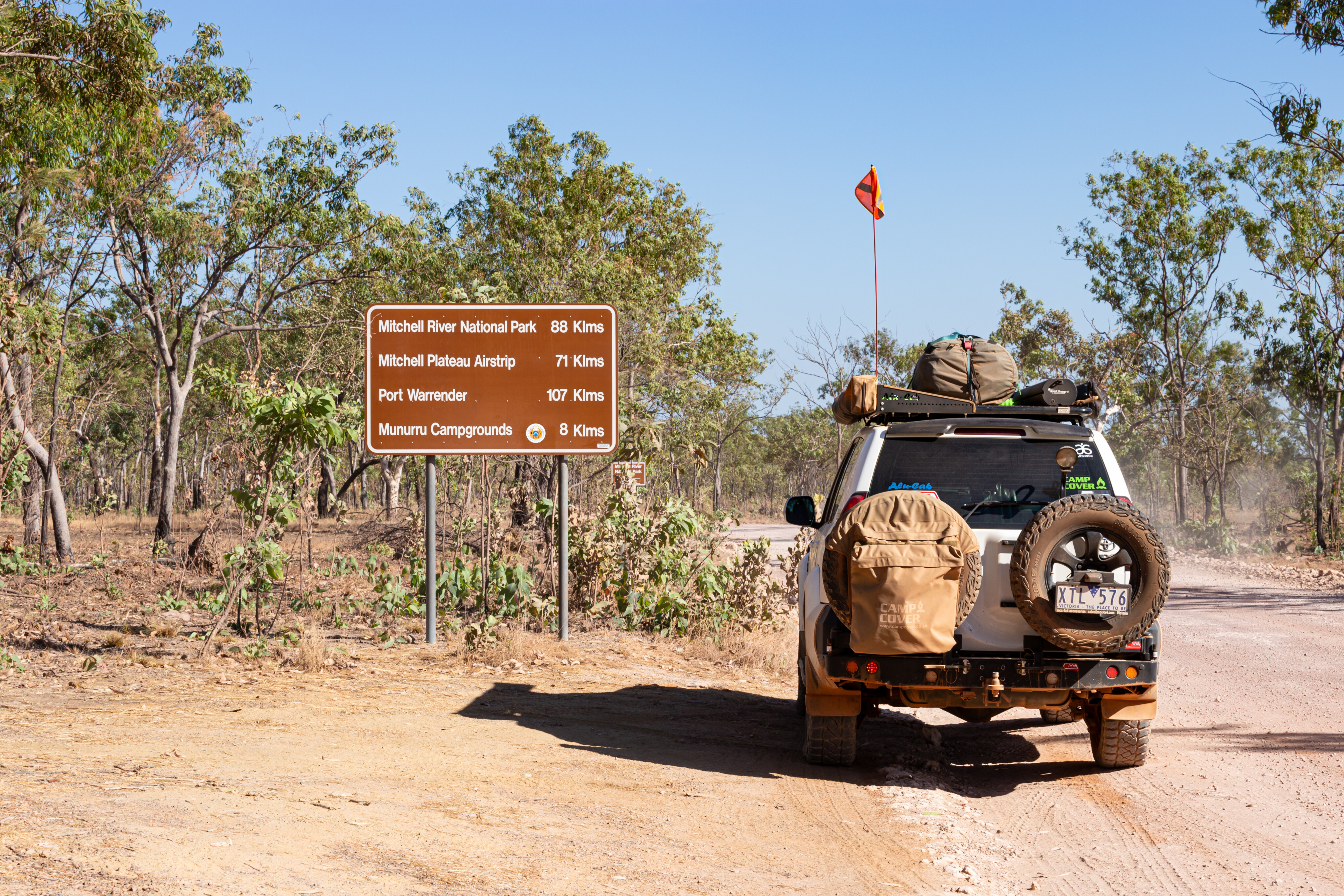
You finally have some leave sorted and want to head off and explore but aren’t sure where to start.
Australia is a massive country with everything from pristine beaches, ancient rainforests, stunning gorges, a rugged high country, expansive deserts and more in between. Most likely immense distances will need to be driven on a variety of roads to reach your destination.
Planning doesn’t have to be to the nth degree, but having at least a basic plan in place will ensure you get the most out of your adventure.

JUMP AHEAD
- The right route
- Permit required
- Servicing your rig
- Fuel, food and water
- Keep it clean
- Durable rubber
- Meds and scripts
- The little things
- Appy to help
- Pack it away
- Plan B, C and D
The right route
One of my favourite quotes goes something like this: “It is good to have a destination, but it is the journey that counts”, and this can be the difference between having a good holiday and an epic adventure.
The destination won’t move but how you get there and back home again can make all the difference.
I usually start my route planning by poring over the huge Hema map that hangs on a wall at home. Getting an overall view makes it easier to gain a sense of what off-road tracks can be taken, what side trips might augment the trip, what national parks offer something different, and what small towns I will visit to spend some cash and help the local economy.
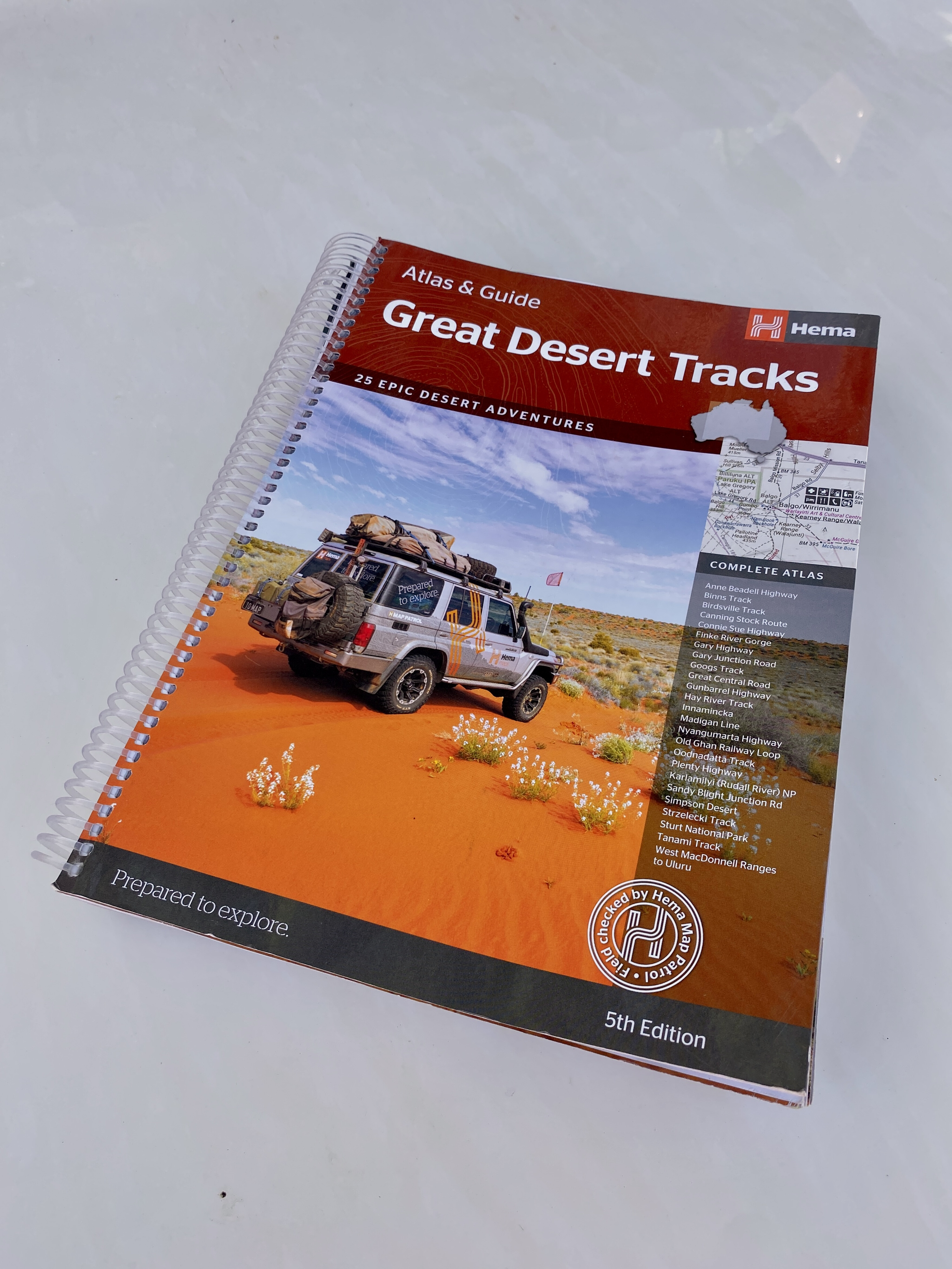
Permit required
It is important to get any permits you may need organised early in your planning stage because if you leave it too late or make a mistake, a permit application might be rejected, leaving your trip up the proverbial creek.
Some permit applications are easily filled out online and approval is received in your inbox within minutes.
Others need you to print a PDF form, fill it out, scan it before emailing it, and then it can take four weeks before you get a response. Some permits charge a fee or have a restriction on the number of days allowed on a track, while some only allow access if there is more than one vehicle.

In some places, you may need a permit to access an indigenous community to view their art or buy fuel, and some national parks require you to purchase a per-vehicle daily access permit.
If you want to fly a drone in a national park, you will require a permit for that too, and in some states, this is simple and free while others demand to know everything about the flight, from the number of people who will be present to the flight times… and then they might charge a significant fee.
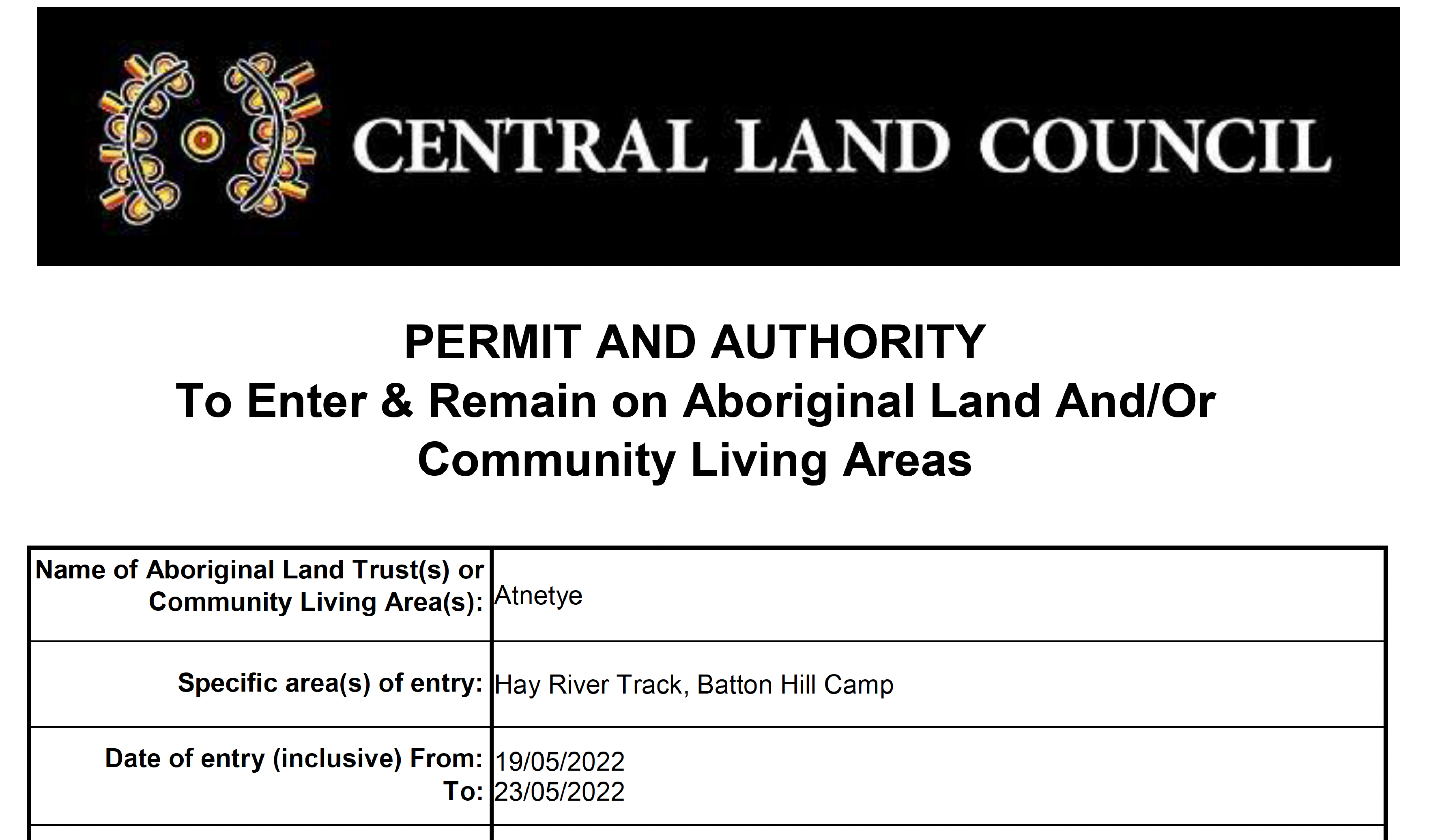
Servicing your rig
You rely on your vehicle to reach your destination and get you home again, so making sure it is in A1 condition is crucial.
Spoil your rig with a major service and pre-trip inspection by a reputable mechanic, preferably one who specialises in 4x4s, and have this performed a few weeks out so that if there are any issues, they can be sorted out in time.
On extra-long trips that might exceed the service intervals of your vehicle, you might need to book your 4x4 in for a service somewhere along the way.
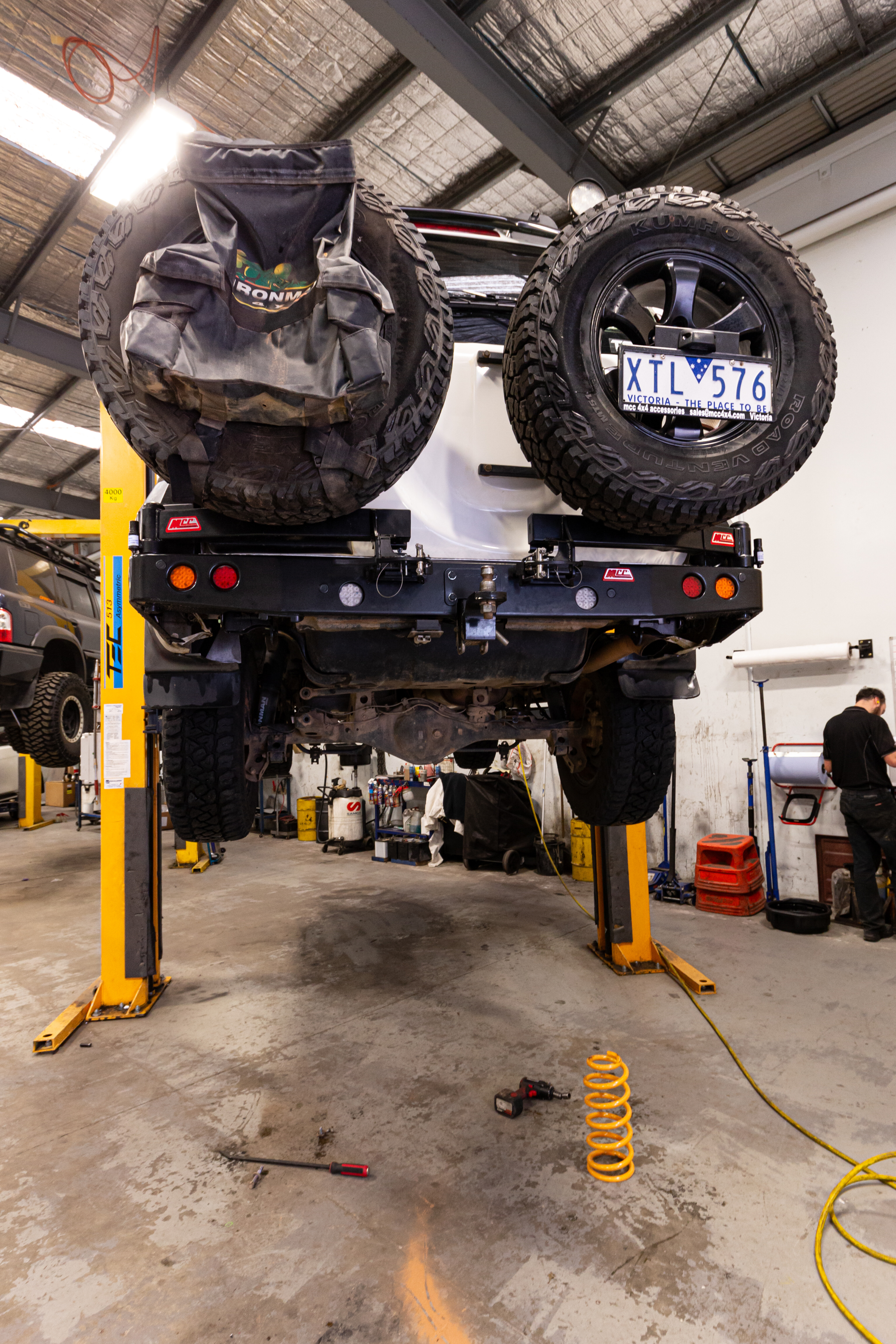
I like to change the oil on my Prado every 5000km (where possible) and it helps if I have already done some research on mechanics along the route so I know whether they can be trusted with my pride and joy.
Carrying a selection of spare parts and lubricants is important, especially if you use a specific brand or your 4x4 is known to leak a bit when worked hard. We’re talking belts and hoses, engine oil and some coolant… just for starters.
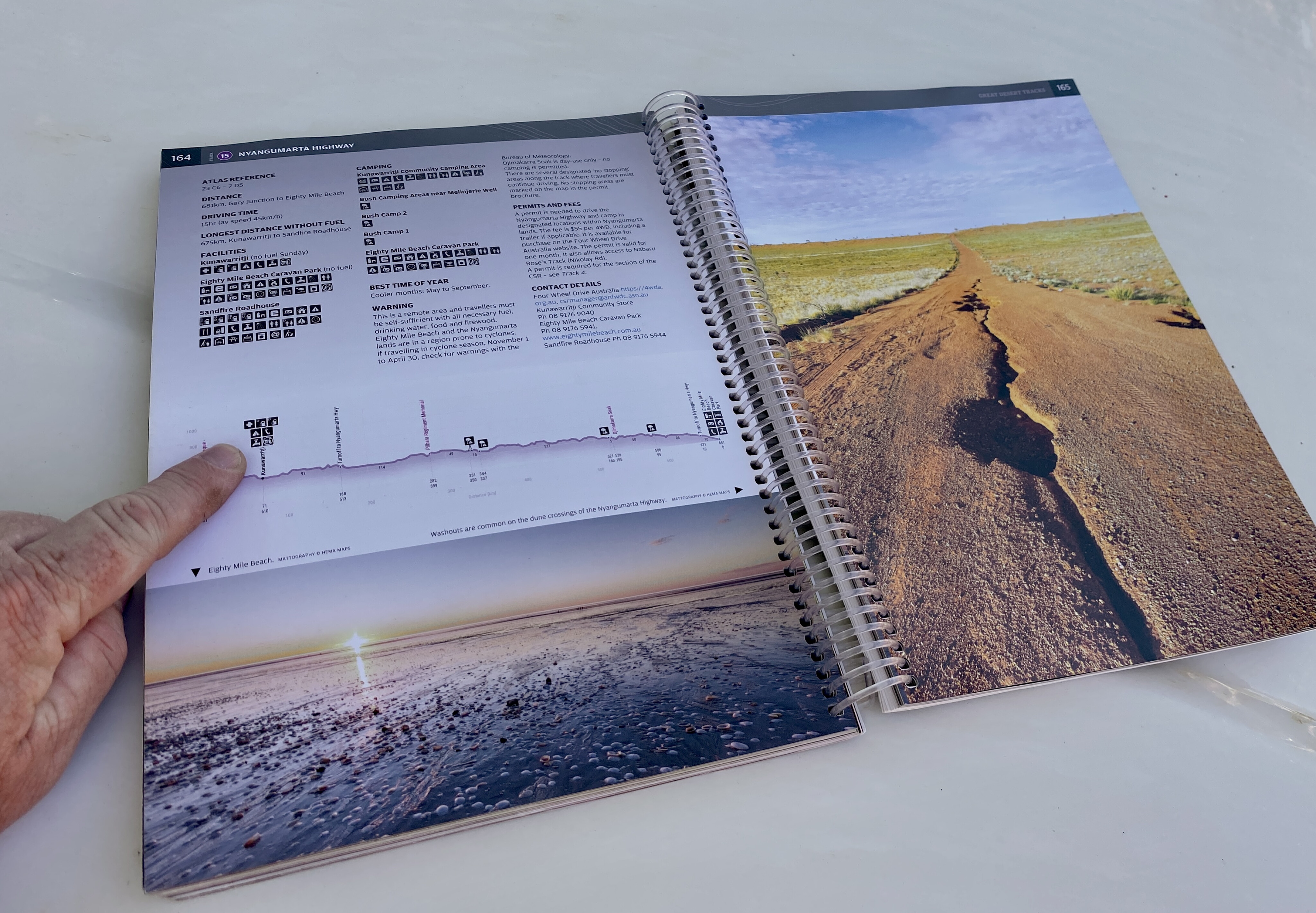
Fuel, food and water
If you are heading well off the beaten track, you may need to carry extra fuel to make it to the next roadhouse.
It is a good idea to work out the distances between fuel stops so you know how much extra fuel may be needed.
Of course, knowing how much fuel your 4x4 uses over a particular distance and road or track type is important too. The Hema atlas and guide range will help you out a lot with this, as the maps include fuel stops in even the most unlikely places.
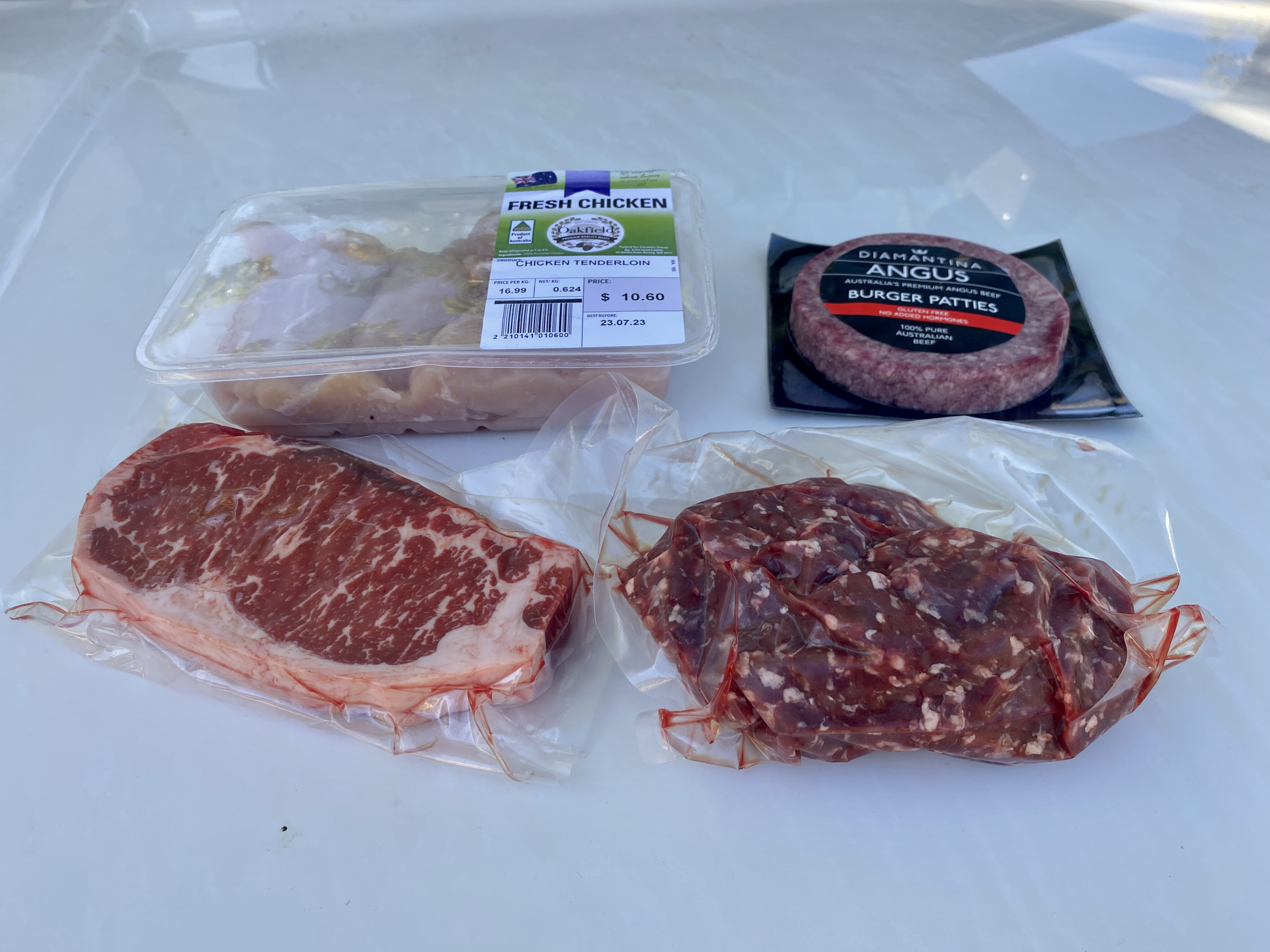
Taking and using a cryovac machine is a great way of extending the lifespan of many meats, vegetables and nuts.
Stocking up on supplies is similar to calculating fuel needs; you need to know how much to carry between grocery stores, including extra food and water in case you are held up somewhere by wet weather, mechanical issues or a bogged vehicle.
Is your fridge big enough to carry food with a short lifespan? Can you freeze food? Where will you store the pantry items? These are questions you should solve before you depart.
Taking and using a cryovac machine is a great way of extending the lifespan of many meats, vegetables and nuts.
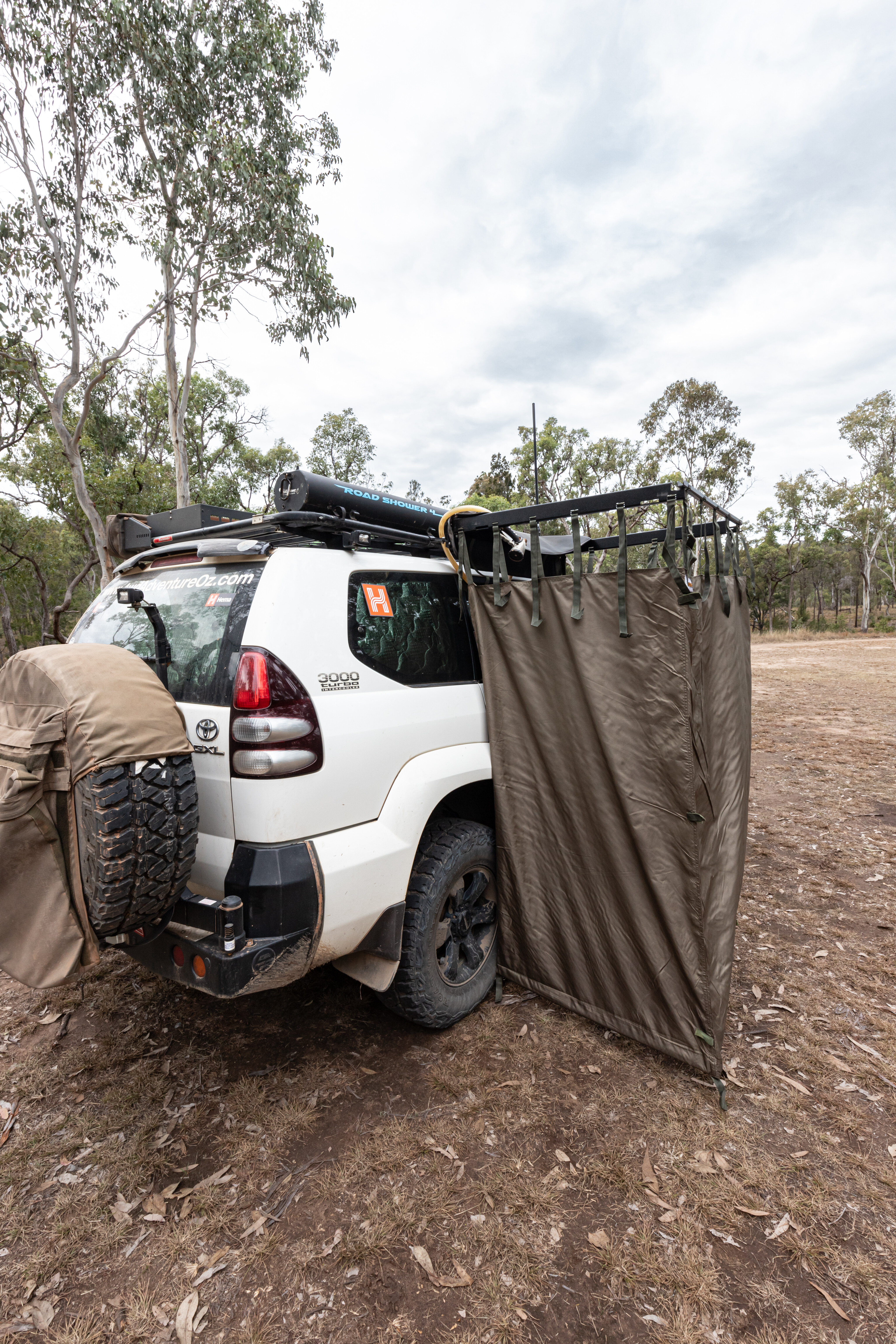
Keep it clean
Staying clean isn’t as difficult as it seems, even when water is limited. Baby wipes are your friend and water-based ones are the wettest… and are nicer on your skin.
The downside to baby wipes is that they are not biodegradable and should never be flushed. A face washer is also a good option as it needs minimal water to work, although you do then need to keep the washer clean too.
A cheap 12V shower unit is a great piece of kit when you have access to fresh water, or if you can carry water with you.
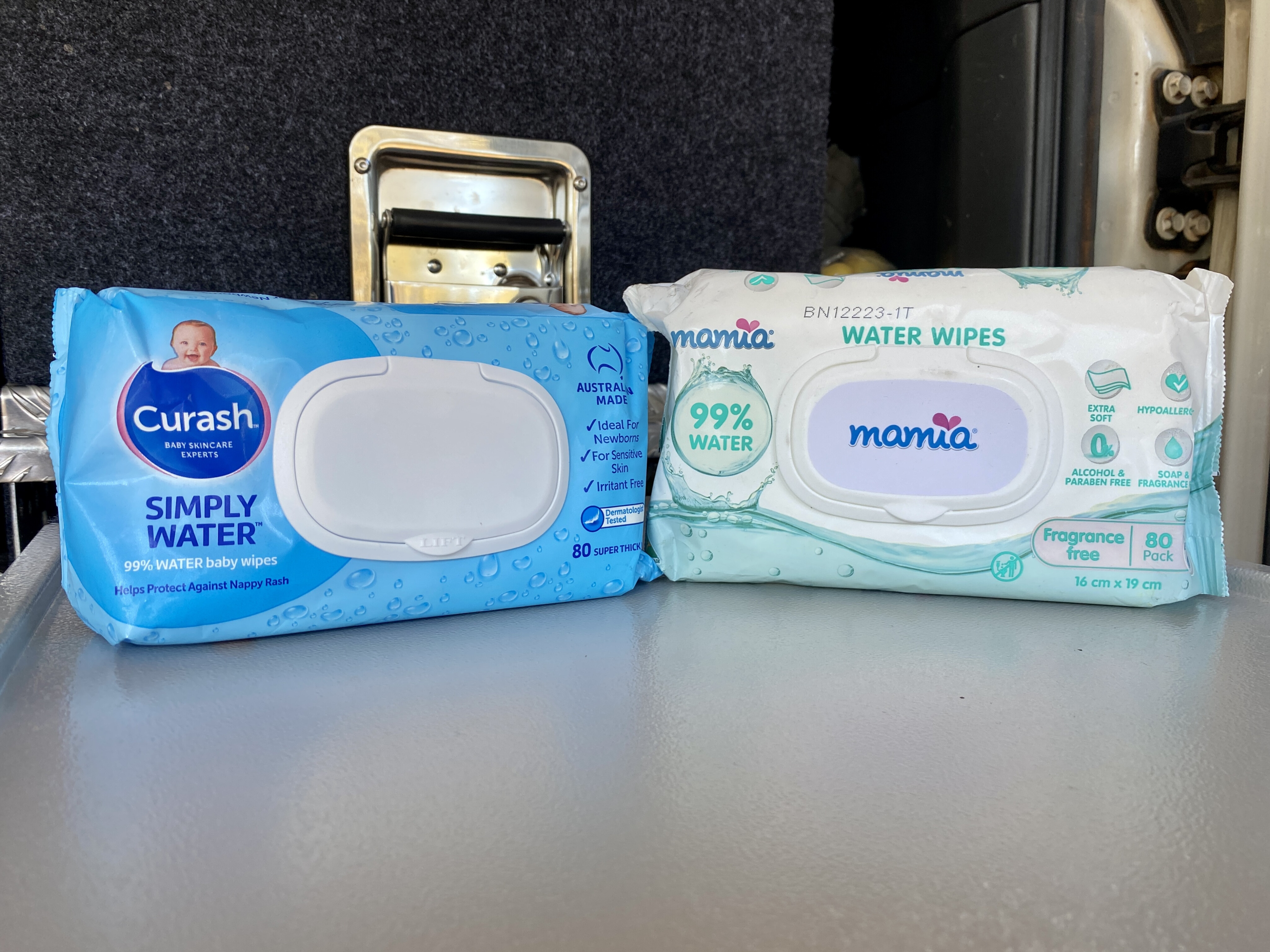
There are a few solar showers on the market that provide gravity-fed water via a shower rose, but few of these are much good.
Caravan parks, council swimming pools and some roadhouses have showers that you can use, usually for a small fee, and coin-operated showers are sometimes available in small towns such as Innamincka.
If you’re a member of a gym chain or a golf club with reciprocal rights, you may be able to access the change room showers.
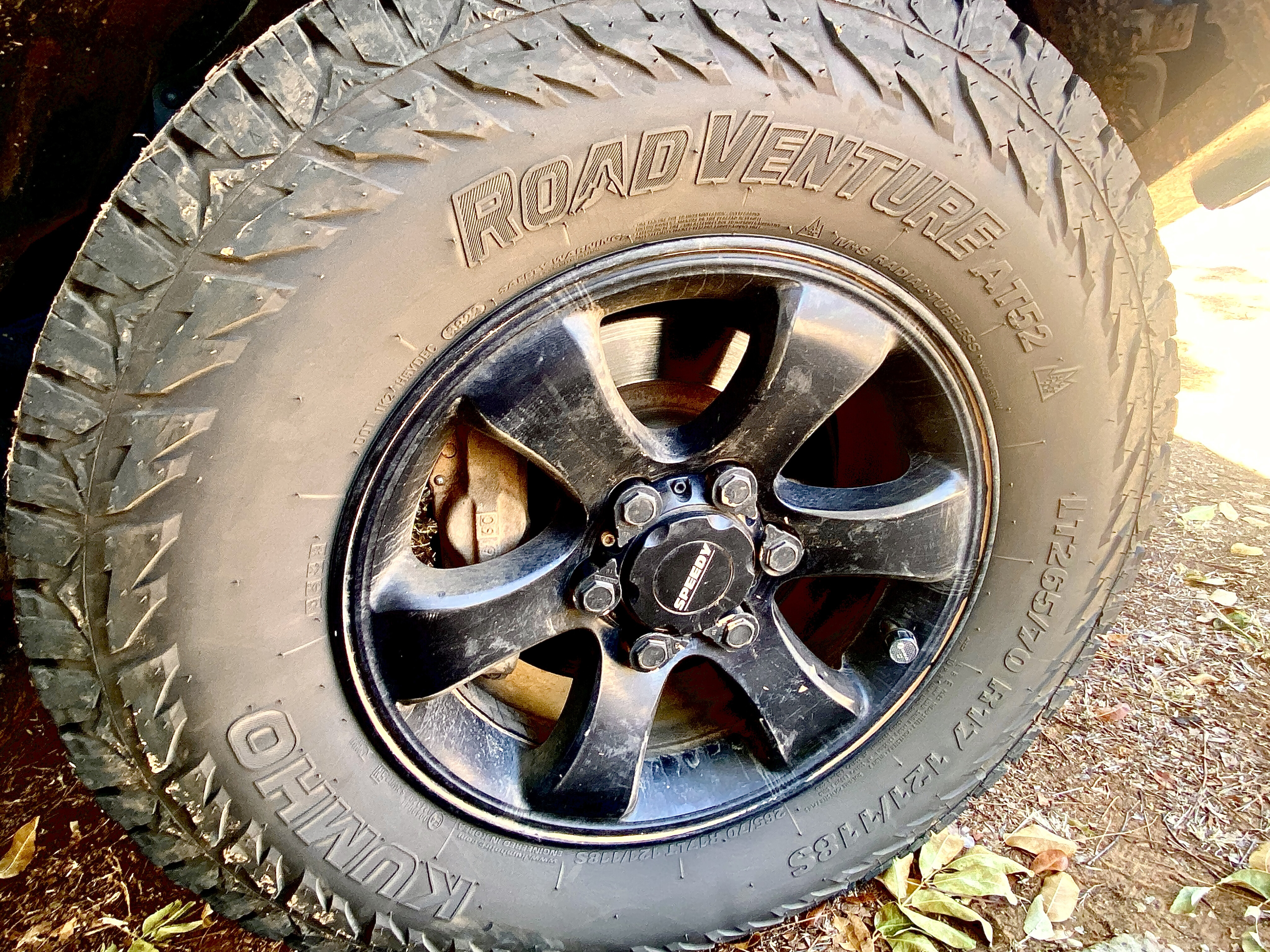
Durable rubber
Making sure your tyres are up to scratch for off-road travel is imperative and this is something you can plan for well before the big trip.
If a tyre’s tread shows signs of wear or the sidewall has a couple of nicks, replacing it before you leave home is better than copping a blowout the first time you drop tyre pressures for off-road terrain.
Installing a Tyre Pressure Monitoring System (TPMS) is great for peace of mind as it will sense when a tyre is losing air or if it’s heating up too much, and will set off an alarm. In the majority of cases, this will prevent further damage to the tyre and allow you to plug the hole or pump some air into it before it is damaged beyond repair.

Meds and scripts
Medications and prescriptions are something often forgotten, but they are obviously extremely important, especially if said medication is crucial for survival.
Speak to your doctor and chemist before you leave to see if you can arrange to collect all the medications you might need to cover the entirety of your trip.
Another option is to carry either an electronic or paper version of your scripts so that you can have them dispensed at chemists along the way. If you require specialised medication, however, it is better to call the chemist before you visit to check that it is in stock.
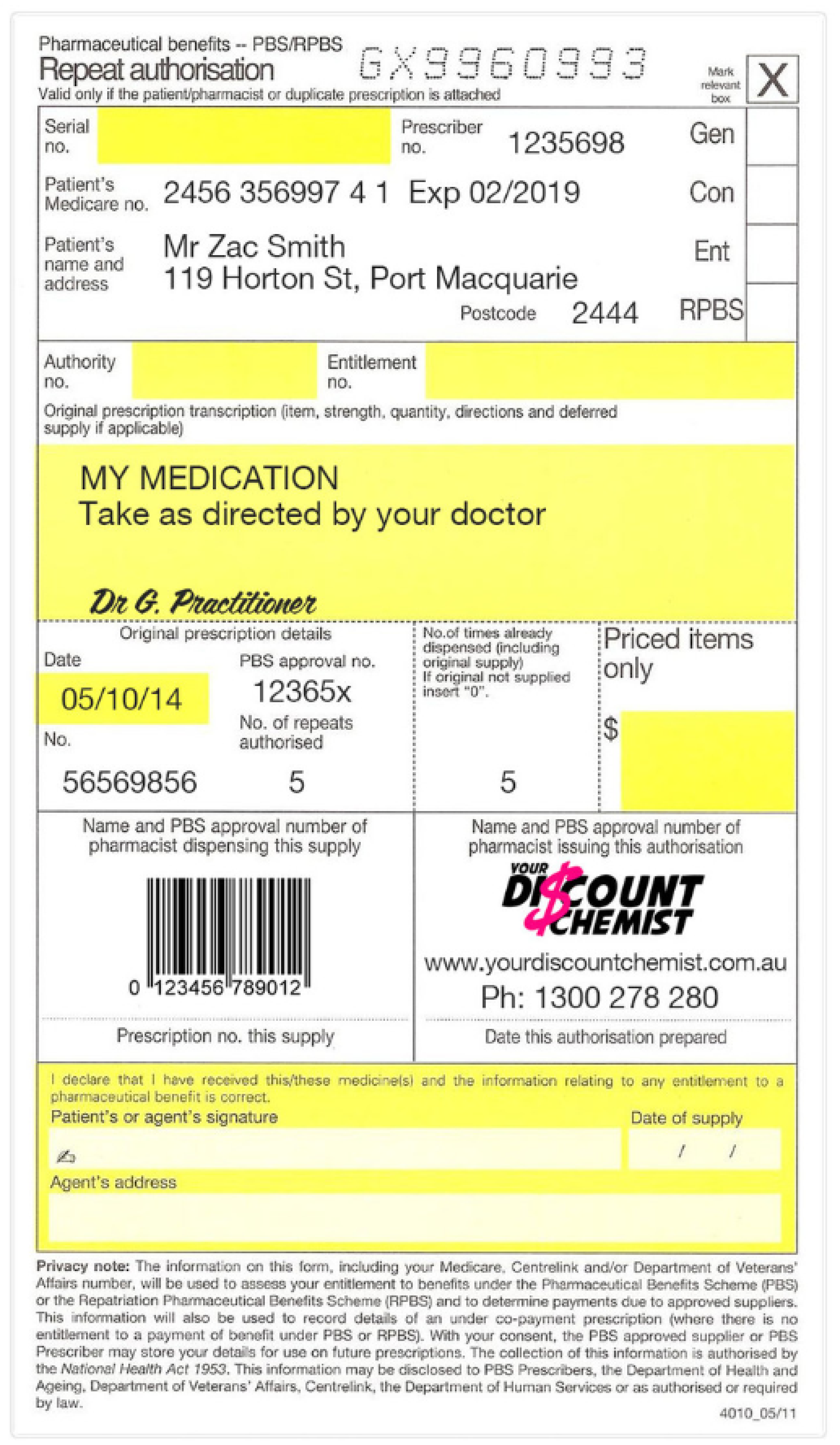
The little things
Even if bush camping is your thing, it’s often a good idea to book into a caravan park every now and then so you can catch up on your clothes washing, replenish power needs with 240v and have a hot shower.
Stopping at a caravan park will also give you time to give your 4x4 a good going over to see if everything is in order.
A bit of personal care is sometimes needed too, such as getting a haircut, so spending a bit of time in a town that will allow the missus to “lose the greys”, and where the kids can have a look around, will keep everyone happy.
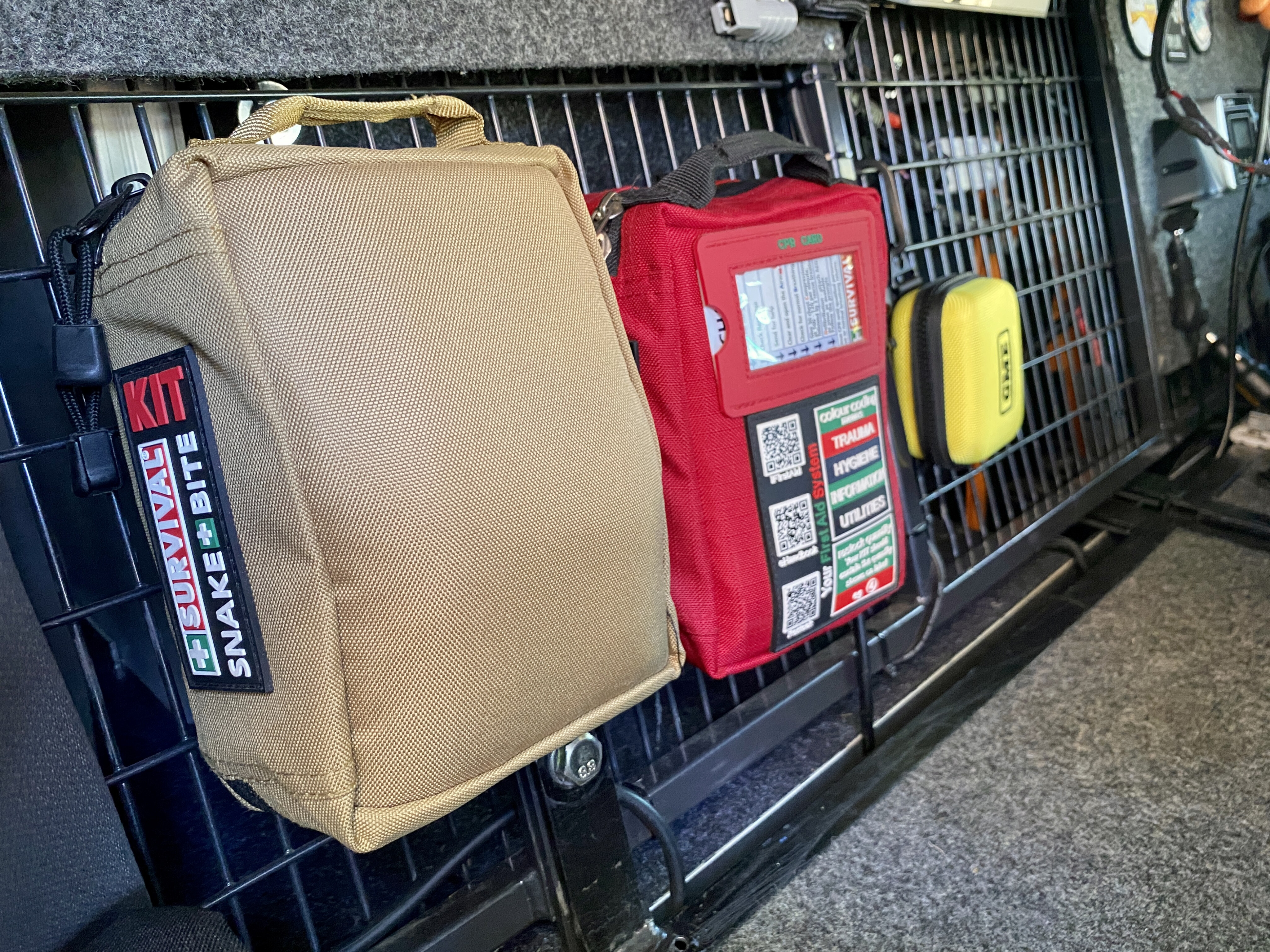
A decent first aid kit and snake bite kit aren’t exactly little things; they should be two of the first things you pack, and make sure they are easily accessible.
Check the first aid kit for missing items or out-of-date products, and add things like hay fever tablets (antihistamines) and purification tablets for drinking water.

Appy to help
These days there seems to be an app for everything and if they relate to travel and can be used offline, they can be very helpful when you’re on your 4x4 adventure.
When it comes to navigation, Hema 4x4 Explorer, Newtracs and ExplorOz Traveller are some of the better apps. Don’t rely on Google or Apple Maps, as they are pretty much useless once you leave the blacktop or are out of mobile phone range.

WikiCamps, Camps Australia Wide, Hipcamp and CamperMate are all decent apps for finding a good campsite, with the first two the better ones as they are crowd-sourced, and are therefore more up to date, however a paid subscription is needed to access them.
The FuelMapAustralia app shows petrol stations with a list of facilities and crowd-sourced fuel prices (when known). What3words shows exactly where you are on the planet in three words, and these can be shared and are easier for recipients to understand than GPS coordinates.
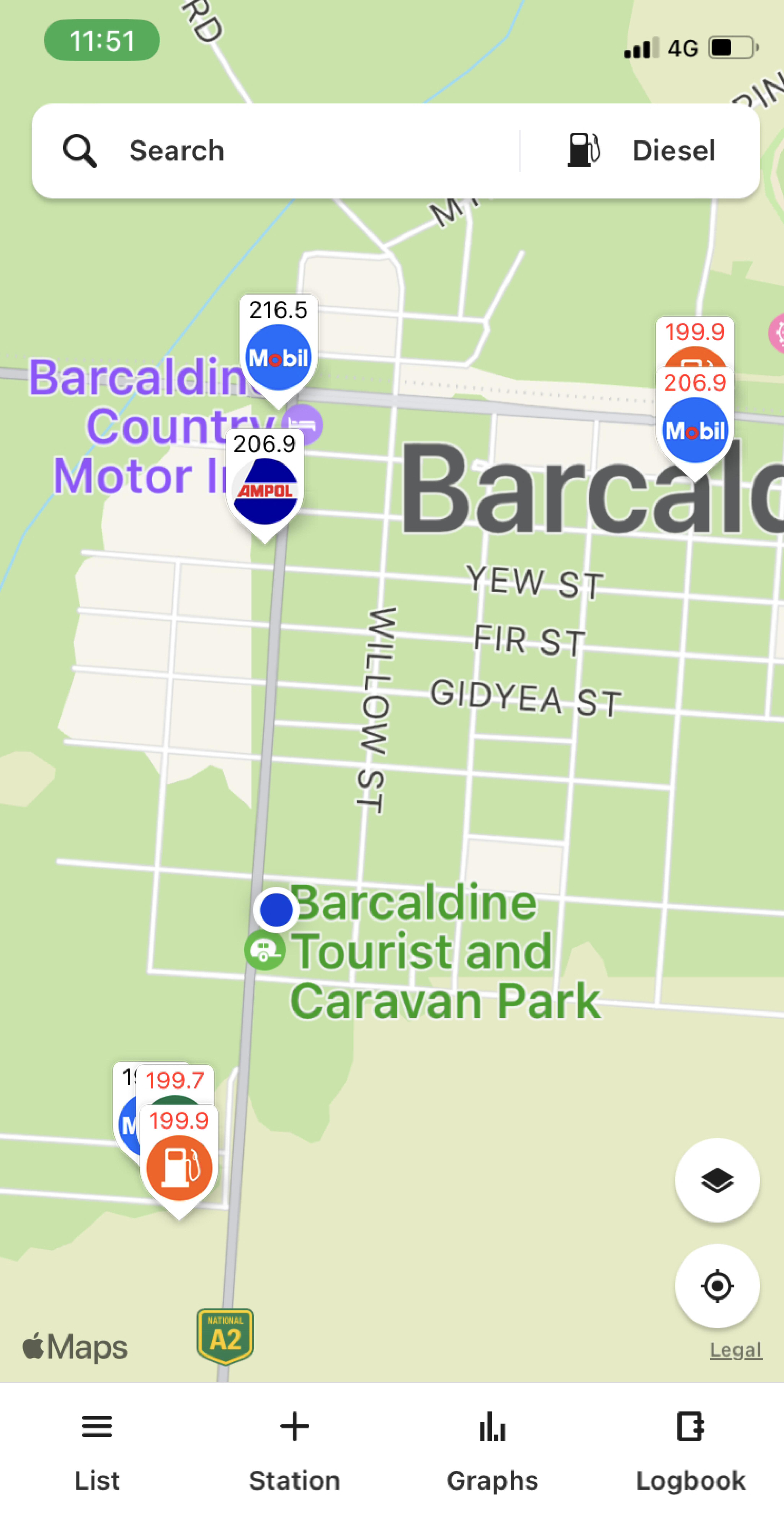
Pack it away
When it comes to packing, some can do it easily and others suck at it, but it’s definitely a skill worth learning.
The ideal way to pack is to lay everything out on the driveway before you start filling up the 4x4.
Another tip is to have someone help you, so that when you forget where you put something, the other person might know where it is.
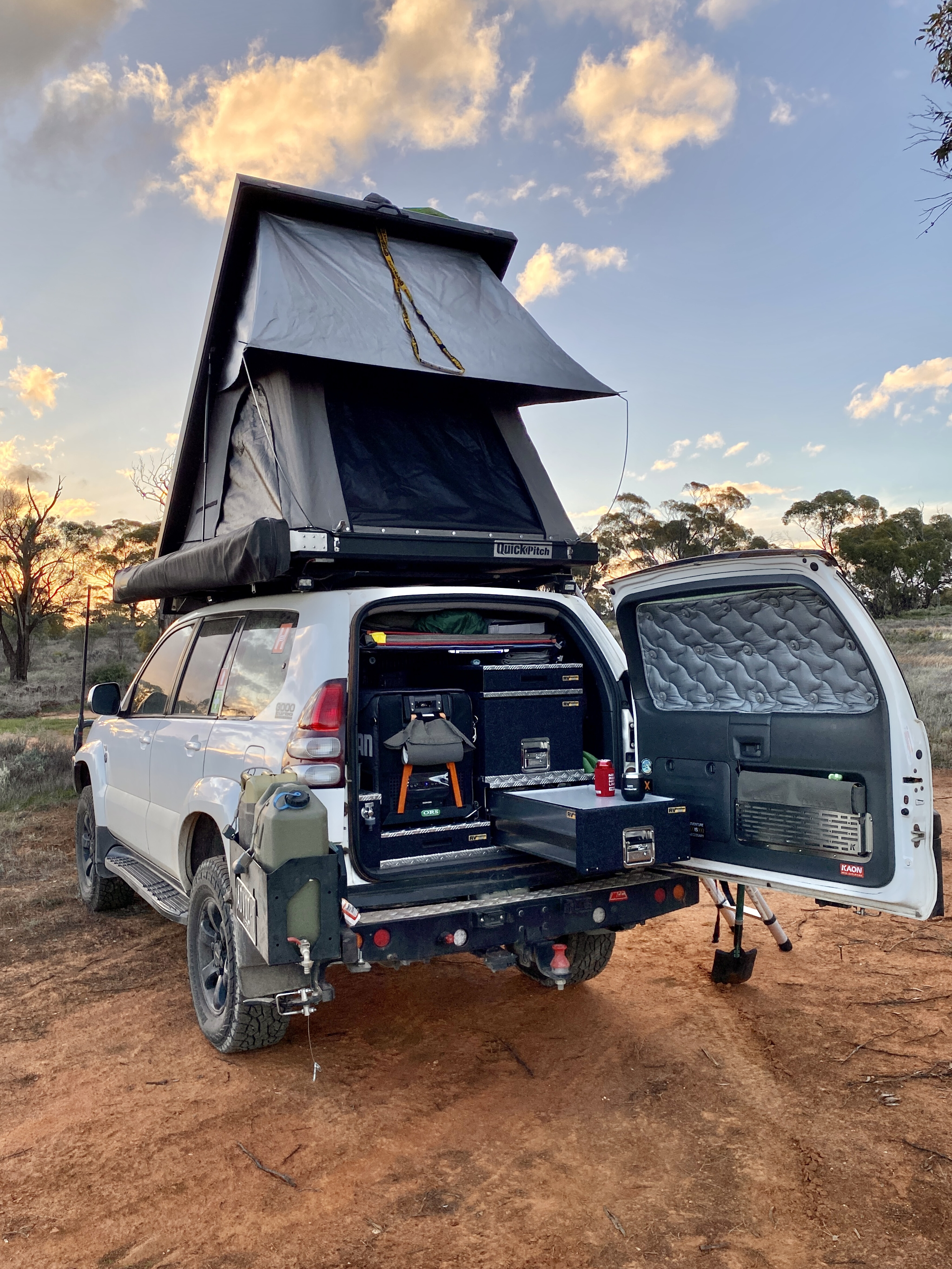
If your vehicle doesn’t have storage drawers in the back, plastic tubs are a good alternative. But be warned: most of the plastic tubs you’ll find at Bunnings or Kmart are rubbish.
There are plenty of better tubs to be found; check out Front Runner, Expedition 134 or TRED Outdoors for some rugged and useful options.
Try to keep the heaviest items down low and in between the axles. If you need to use a roof rack, put the lightest gear up there along with the fuel jerry cans and LPG bottle. If you have driven on an off-camber track when fully laden you will understand why I’m saying this.

Plan B, C and D
Having plans B, C and D can help when things turn against you. Sometimes Mother Nature decides she is going to test you, sending bucketloads of rain to quench the thirst of this dry nation.
If this occurs, you can try and sit it out or better still change your plans and head somewhere else.
On a recent trip to Birdsville, the rains came, and it seemed every track in South Australia was closed with no hope of getting anywhere. I changed my trip plan and headed home for a week to let the rain clear with the hope that things would dry up quickly.
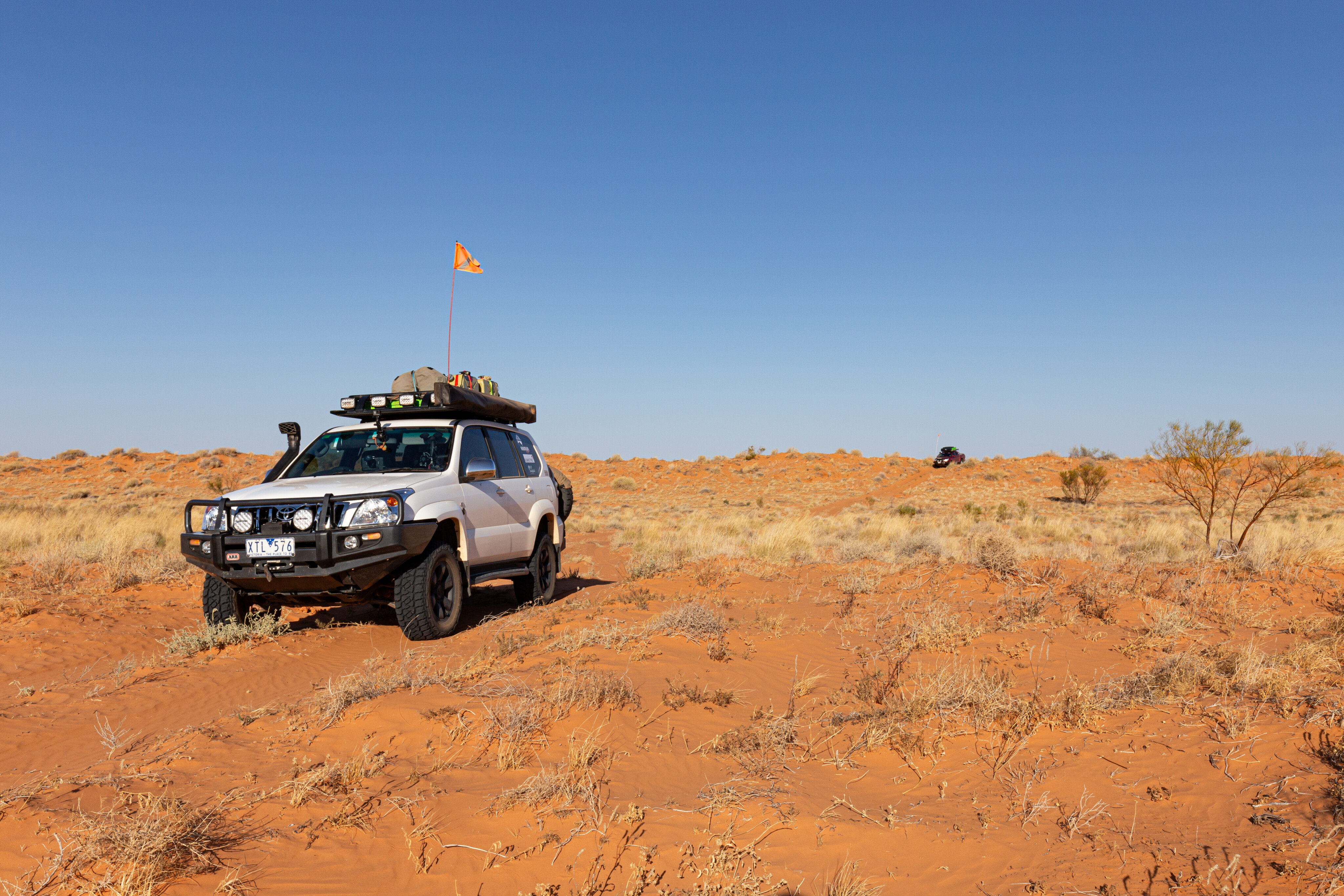
With the Birdsville Track and Western Queensland national parks still closed, I instead decided to head north via the blacktop and explore a couple of national parks in outback
Queensland that I’d never heard of before, heading to Barcaldine to get back on track with my trip plan. Don’t let bad weather ruin your holiday; there are other amazing places just waiting to blow you away.
Travel planning: Top 5 tips
- Get everyone in the family involved in planning the trip.
- Service your vehicle well in advance of your departure date.
- If the destination is a popular spot, make sure to book early.
- Ensure you have a backup plan if the weather turns bad.
- Take a different route home to the one that got you to your destination.

COMMENTS